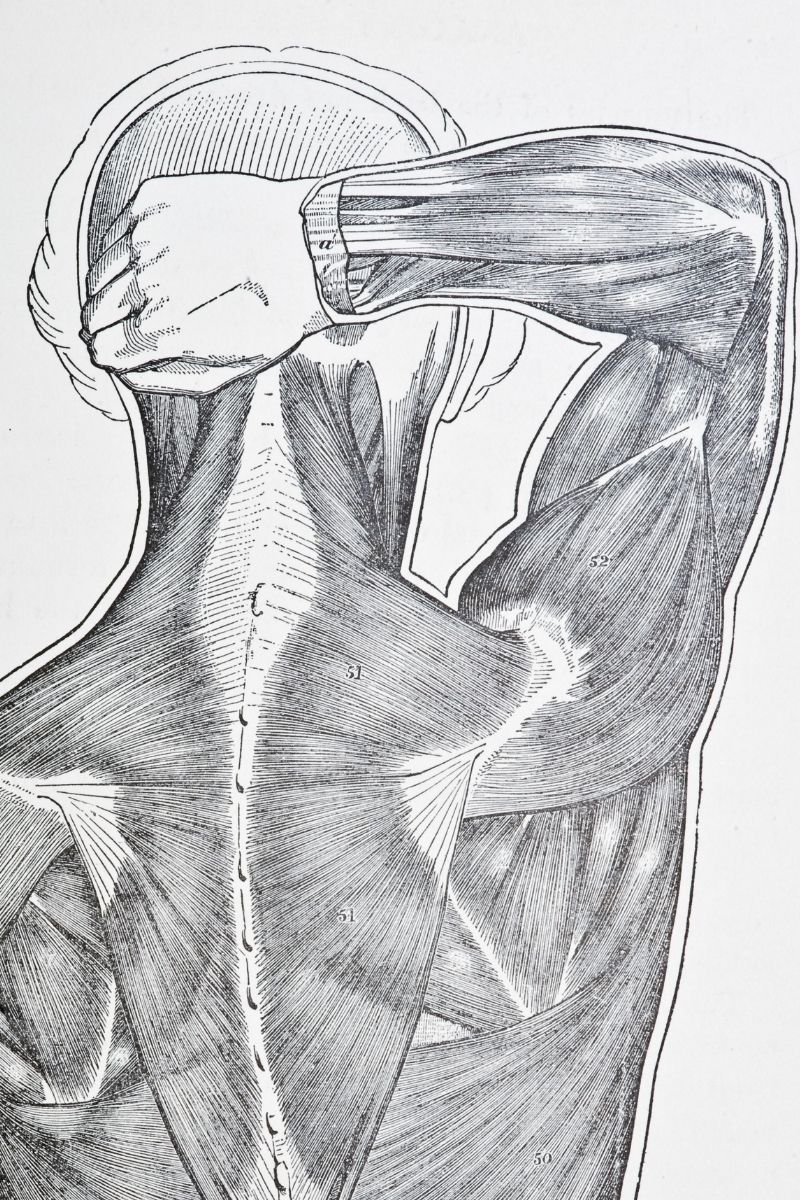

Sarcastic Anatomy - Forearm Extensors

I don’t know about you, but in PT school I regarded Netter’s Atlas of Anatomy as the epitome of physical fact and truth. An archetype of irrefutable material certainty. Like the stone tablets of Moses, anatomical commandments of origin, insertion, and innervation inscribed for rote memorization as the foundation of our entire future professional success. Anyone who challenged Netter’s scriptures – a blasphemous zealot. Or at least struggling to maintain a C in first-year anatomy class.
So you can imagine my chagrin when my early professional research quickly revealed deviation from these commandments. Anatomical anomalies. Variations. Incongruities. I hate to be the one to say it – Netter lied to us.
The forearm musculature is one such example.
Flashbacks of my SPT anatomy group not-so-carefully excavating the forearm during cadaver dissection, clumsily looking to differentiate the tendons of the extensor mass. Eyes darting back-and-forth from Netter’s pages to the physical subject. With frustration at its peak, a faculty stepped in to assist by pulling on a tendon to identify what wiggled – “This is extensor digitorum, see?!”
And it turns out this “pull on it and see what wiggles” is an actual scientific method used in anatomical dissection research. The same vexing anatomical research that lead me to the unfortunate realization that Netter deceived us all, and it would seem our anatomy professors are in on this conspiracy as well.
Don’t believe me? Allow me to present some of the published anomalies of the forearm musculature, to make you doubt everything you thought you ever knew about anatomy. I’m not even making this up – citations provided below for your next anomalous anatomy journal club, or to write disgruntled letters to the editors.
Extensor pollicis tertius.1 Would seem to provide reinforcement for a more powerful “thumbs up”…which is actually pretty cool.
Extensor medii proprius.2 Identified in 9% of specimens, an accessory extensor straight to the middle finger. So a more vulgar anatomical expression, in certain cultures.
Extensor indicis medii communis.2 Present in 16% of subjects and also assists in extension of the middle finger. I’m guessing these last 2 are more prevalent in New York traffic and misunderstood teenagers.
Extensor indicis proprius.3 If I’m understanding this one right, it helps maintain extension of 4/5 with the other fingers flexed…so basically those people who hold up their pinky up when sipping coffee.
Extensor proprius brevis.4 I think this may be similar to the above muscle, but this case report from 1972 called it something different...which only adds to my frustration. You can’t just string latin words together whenever you want people! Patience is getting brevis.
Ganzter's muscle.5 I’m really not making this up, folks. This is an accessory head of flexor pollicus longus, found in 52% of specimens. I mean, at this point it just seems like people want to name muscles after themselves. Either way, it seems like cheating to have an extra thumb-wrestling muscle.
An ‘abberant lumbrical’.6 Found unilaterally in 2.4% of subjects, originates from the Carpal Tunnel, and only really hangs out with the other lumbricals when it has to at Christmas. Real emo and likes to challenge the status quo.
Anconeus epitrochlearis.7 Am I the only one who thought this was a part of your inner ear?
Palmaris profundus.7 A more profound palmaris longus, which is also an anomalous muscle itself. Layers of complexity here.
Yep, I know how you feel. The forearm just went from a region I felt rather comfortable with in terms of physical familiarity; to about as mysterious as that deep part of the ocean we haven’t fully explored. It’s dark. Like ancient fish with lightbulbs on their head, dark.
So next time you have a patient with elbow, wrist, hand, or digit pain – I think we just need to be honest and say, “I have no idea what’s going on in there.”
… it’s probably related to the shoulder or neck anyways. Am I right? {give myself a high-five}
Sincerely sarcastic,
Paul
The depressing citations:
1) Abu-Hijleh, Marwan F. "Extensor pollicis tertius: an additional extensor muscle to the thumb." Plastic and reconstructive surgery 92.2 (1993): 340-343.
2) Klena, Joel C., John T. Riehl, and John D. Beck. "Anomalous extensor tendons to the long finger: a cadaveric study of incidence." The Journal of hand surgery 37.5 (2012): 938-941.
3) Tan, Swee T., and Paul J. Smith. "Anomalous extensor muscles of the hand: a review." The Journal of hand surgery 24.3 (1999): 449-455.
4) Vazquez, Juan M. Fernandez, and Ronald L. Linscheid. "Anomalous extensor muscles simulating dorsal wrist ganglion." Clinical Orthopaedics and Related Research® 83 (1972): 84-86.
5) Al-Qattan, M. M. "Gantzer’s muscle: an anatomical study of the accessory head of the flexor pollicis longus muscle." Journal of Hand Surgery 21.2 (1996): 269-270.
6) Zeiss, Jacob, and Lois Guilliam-Haidet. "MR demonstration of anomalous muscles about the volar aspect of the wrist and forearm." Clinical imaging 20.3 (1996): 219-221.
7) Andring, Nicholas, Stephen A. Kennedy, and Nicholas P. Iannuzzi. "Anomalous forearm muscles and their clinical relevance." The Journal of Hand Surgery 43.5 (2018): 455-463.









